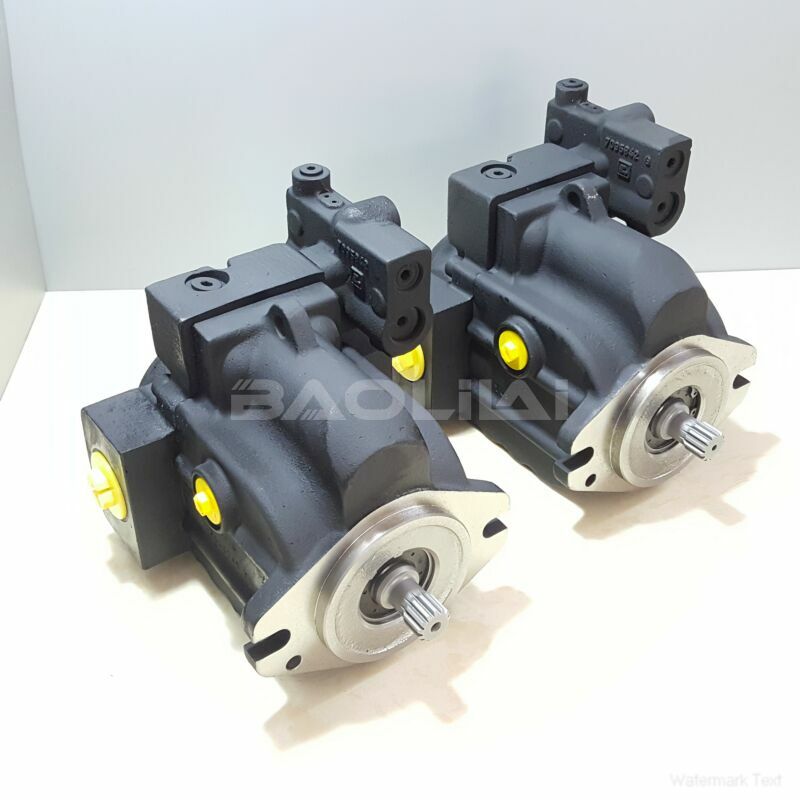LRR030DLS1517NNN3C2NGA6NKNBNNNNNN piston pump
LRR030DLS1517NNN3C2NGA6NKNBNNNNNN piston pump

- Product Details
- Applicable Scene
Hydraulic systems are fundamental to various industrial applications, facilitating the transmission of power through fluids. Among the critical components of these systems are piston pumps and hydraulic valves, which work in unison to ensure efficient power distribution. Understanding how these two elements integrate is essential for optimizing hydraulic performance and enhancing system reliability.
LR-R-030D-LS-15-17-NN-N-3-C2NG-A6N-KNB-NNN-NNN
LRR030DLS1517NNN3C2NGA6NKNBNNNNNN
Piston pumps serve as the heart of hydraulic systems, converting mechanical energy into hydraulic energy. Their design allows for high-pressure fluid generation, making them suitable for demanding applications that require significant force. The working principle of a piston pump involves the reciprocating motion of pistons within a cylinder. As the pistons move, they create a vacuum that draws hydraulic fluid into the cylinder and then compress it, forcing the fluid out at high pressure.

7005229S
On the other hand, hydraulic valves play a pivotal role in directing the flow of hydraulic fluid within the system. They regulate pressure, control fluid direction, and manage flow rate, effectively acting as the nervous system for hydraulic operations. Various valve types, including directional control valves, pressure relief valves, and flow control valves, enable precise manipulation of the hydraulic environment.
The integration of piston pumps and hydraulic valves is crucial for achieving optimal power distribution. When a piston pump generates pressurized fluid, it must be directed correctly to perform useful work. Here, hydraulic valves come into play. By opening or closing in response to specific signals, these valves control which actuator or circuit receives the fluid, ensuring that the right amount of power is supplied where it is most needed.
One of the primary advantages of integrating piston pumps with hydraulic valves is the ability to create a modular hydraulic system. Operators can configure the system to meet specific operational requirements, allowing for scalability and adaptability. For instance, in a manufacturing setting, a piston pump can be connected to multiple hydraulic valves, each controlling different actuators—such as robotic arms or conveyor systems—thus enabling simultaneous operations without performance degradation.





